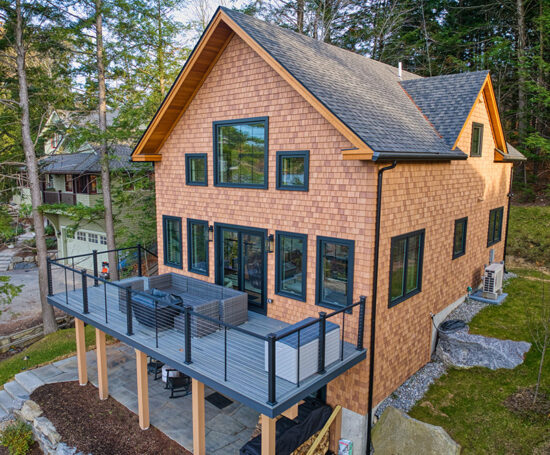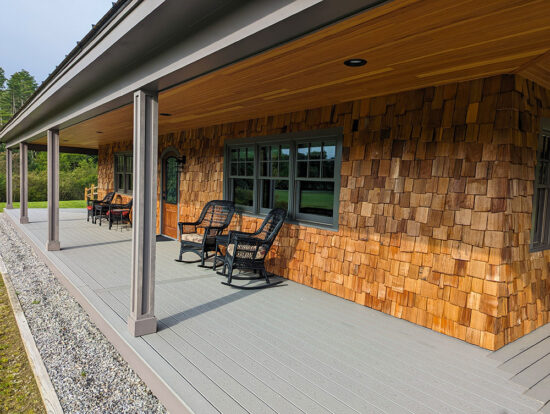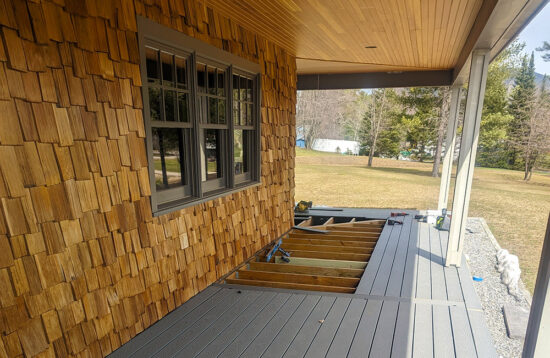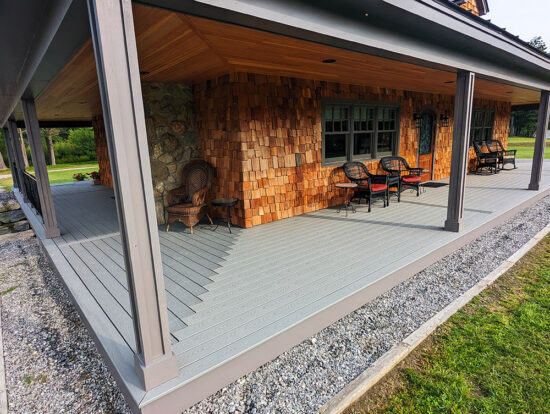Composite / PVC Decking – Layout Tips & Advice
Composite / PVC Decking Layout Tips and Advice
Composite and PVC decking have really changed the deck market in many positive ways. The wide range of products, colors, styles and options can be overwhelming but also very rewarding with endless design opportunities. With new products there is always a long list of lessons learned and design details that need to be considered. In this article I share some important layout tips and advice to help you design a great new deck that won’t leave you frustrated with performance issues.
Composite / PVC Decking Pros and Cons
Both composite and pvc decking offer several great advantages over traditional wood decking:
- Rot Resistant
- Insect Resistant
- No Defects
- Consistent aesthetics
- Standard lengths
However, there are some cons that should be taken into consideration when designing a new deck including:
- Thermal Expansion
- Cut / Milled Surfaces do not match the face surface
- Rigidity
Layout Tips and Advice – Preventing Thermal Expansion Issues
Thermal expansion is by far the biggest issue that affects composite and pvc decking. Both products expand and contract much more than traditional wood decking materials and require special attention. If you install composite or pvc decking in the same traditional methods you would install wood decking, the decking will buckle and look terrible.
Traditionally on long runs of wood decking the butt ends of two longitudinal boards would either have a scarf joint or be butted tight against each other. With fairly minimal thermal movement those joint details were fairly stable. However, with PVC or composite decking that will always result in buckled decking when the sun hits it and it expands from the increased temperature.
In my opinion the best approach with long span decks is the detail that we use shown above. We will run long lengths of decking and interrupt the sequence with a transverse piece of decking. This detail must have the proper spacing between the butt ends of the longitudinal and transverse pieces in order to allow for the thermal expansion.
The other detail that works very well is installing a herringbone corner detail instead of a miter corner. Again, the thermal movement of PVC or composite decking make the mitered detail really hard to look good and over time will be miss-aligned. On the deck above you can see we laid it out with a herringbone pattern, maintaining the proper gaping, and it looks really nice. I actually think it looks more elegant than a plain mitered corner.


















Leave a comment